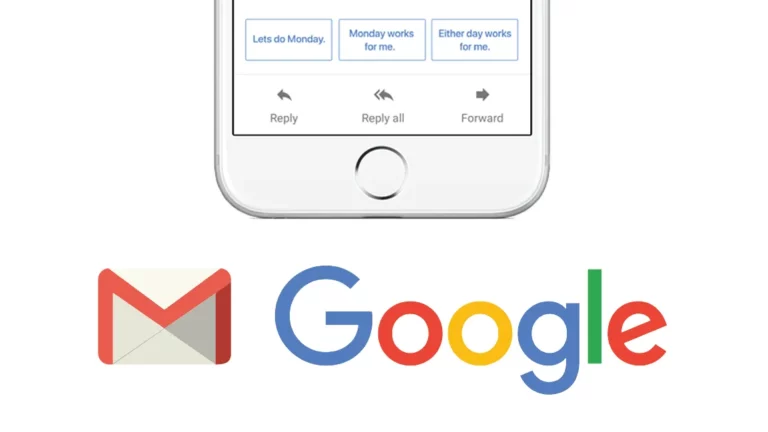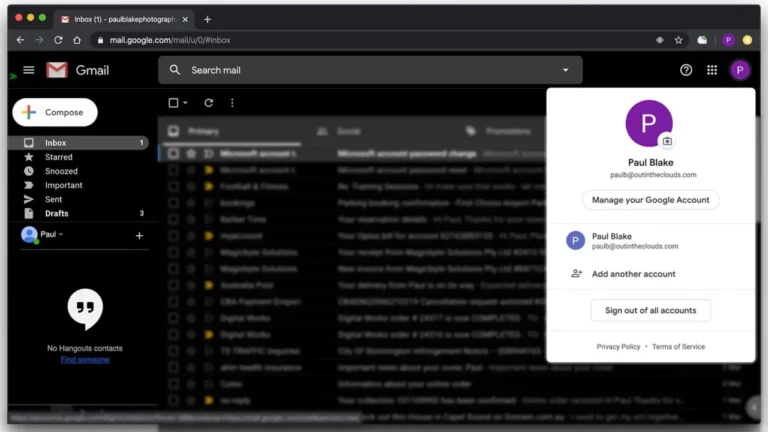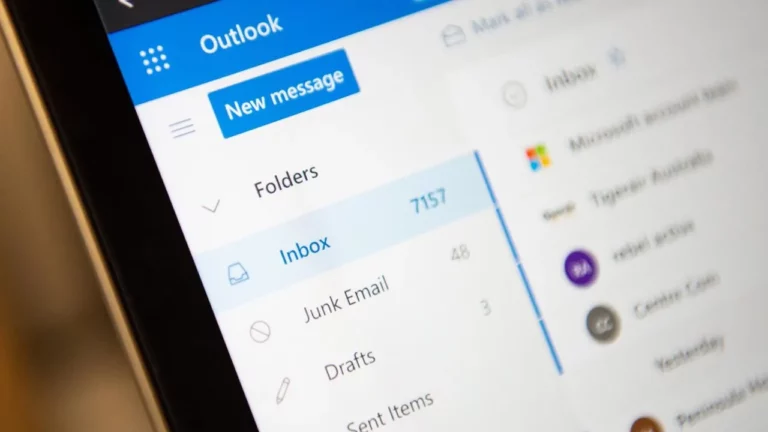6 Ways to Use Connectivity to Enhance the Workplace Experience
Connectivity has become a buzzword everywhere in our daily lives. From smartphones to smart homes, we are always looking for ways to stay connected and informed, and our workplaces are no exception. In fact, the need for reliable connectivity has never been greater, especially as businesses continue to welcome remote work and digital transformation. Whether you’re a sole operator, a business owner, or part of a large establishment, connecting and collaborating with coworkers, partners, and customers is essential to success.
As we continue exploring customer and employee experiences here at OITC, there’s no more important element of experience than connectivity. In this blog, we look at how connection can enhance the workplace experience, from improving communication and collaboration to boosting productivity and innovation.
Here are six ways we think you can use connectivity to improve your workplace experiences:
Create a Connected Organisational Culture
Fostering a connected organisational culture is key to creating a truly successful and dynamic workplace. But what does that really mean? It means putting in the effort to create a work environment where workers feel a sense of belonging, work effectively together, and ultimately achieve success. Communication is key so make sure there are open lines of communication between teams and that information is shared transparently and consistently throughout the organisation. Define and communicate your organisation’s values and goals, Set clear, achievable objectives that everyone can work towards, and celebrate your successes. Doing so will create a shared sense of purpose that drives your team forward. You should also prioritise team-building activities and opportunities for collaboration.
Utilise Connected Systems for Personalised Experiences
By combining different software and technologies, your teams can share data, automate processes, and communicate more effectively. For example, connecting your project management tool with a messaging app will give your team members real-time notifications and updates, improving collaboration and productivity. Likewise, integrating a customer service platform with a CRM system can allow your workers to access customer data and history, allowing for more personalised and efficient support. As a result, your business can streamline operations, reduce errors, and improve overall performance using connected systems.
Integrate Data to Extract Meaning
Integrating data from various origins can be challenging and time-consuming, but with the latest technologies and systems, it’s definitely easier to do it in real time. By collecting and integrating data on employee productivity from various sources such as email, project management tools, and time-tracking software, you can quickly gain insights into your employee performance, pinpoint areas for improvement, and optimise workflows. Start by identifying the data required for a project, finding it, and working with your IT team to leverage it to create valuable insights. Employing connected systems and data-driven insights will improve operations and stay ahead of the competition.
Prioritise a Cohesive Content Experience
Compelling content is crucial for building trust, communicating key messages, and reinforcing brand image, significantly impacting the overall customer experience. Despite this, many businesses still struggle to deliver consistent and cohesive content experiences due to silos, leading to inconsistencies across channels and customer journeys, resulting in customer confusion and frustration.
Start by defining your goals and prioritising your efforts accordingly, whether to increase brand awareness, generate leads, or drive sales. Next, research your target audience to understand their needs and preferences and develop a content strategy that aligns with those insights. Use a consistent tone and style throughout your content to maintain a cohesive experience. Make sure that your content is accessible to all employees and customers, regardless of their location or device and use analytics tools to track your content’s performance and measure your success, which will help you refine your content strategy and improve your results over time.
Implement a Unified Communications Strategy
Are your employees and customers always in the loop? Does the communication flow seamlessly throughout your business? With a unified strategy that integrates various communication channels, you can guarantee that your employees can access relevant information at their fingertips, freeing up time to focus on more important tasks. By communicating with customers consistently, businesses can build trust and improve their overall experience, resulting in happier customers and more business.
But how do you achieve this utopia of communication? Collaboration tools like video conferencing and team messaging are a great start. Video conferencing eliminates the need for travel and enables face-to-face communication between teams, regardless of their location. With team messaging platforms like Slack, real-time communication is just a click away, improving collaboration and lessening miscommunication. Incorporating these tools into your communication strategy can create a more connected workplace and better customer experience.
Use Connected Devices to Improve Employee Productivity
With the help of connected devices, such as laptops, smartphones, and tablets, your people can access important information and stay connected with their team from anywhere in the world. No more being tied to a desk or stuck in traffic; employees can work at their own pace and achieve a better work-life balance. The result? Improved productivity and happier employees.
But it’s not just about your employees. In a customer-centric world, connectivity is vital for providing a seamless and cohesive experience. Businesses that embrace a connected (omnichannel) culture can prioritise their customers and meet their needs more effectively. By utilising connected systems, integrating data, prioritising cohesive content, implementing a unified communications strategy, and using connected devices, businesses can provide better customer experiences and, in turn, improve employee productivity.







